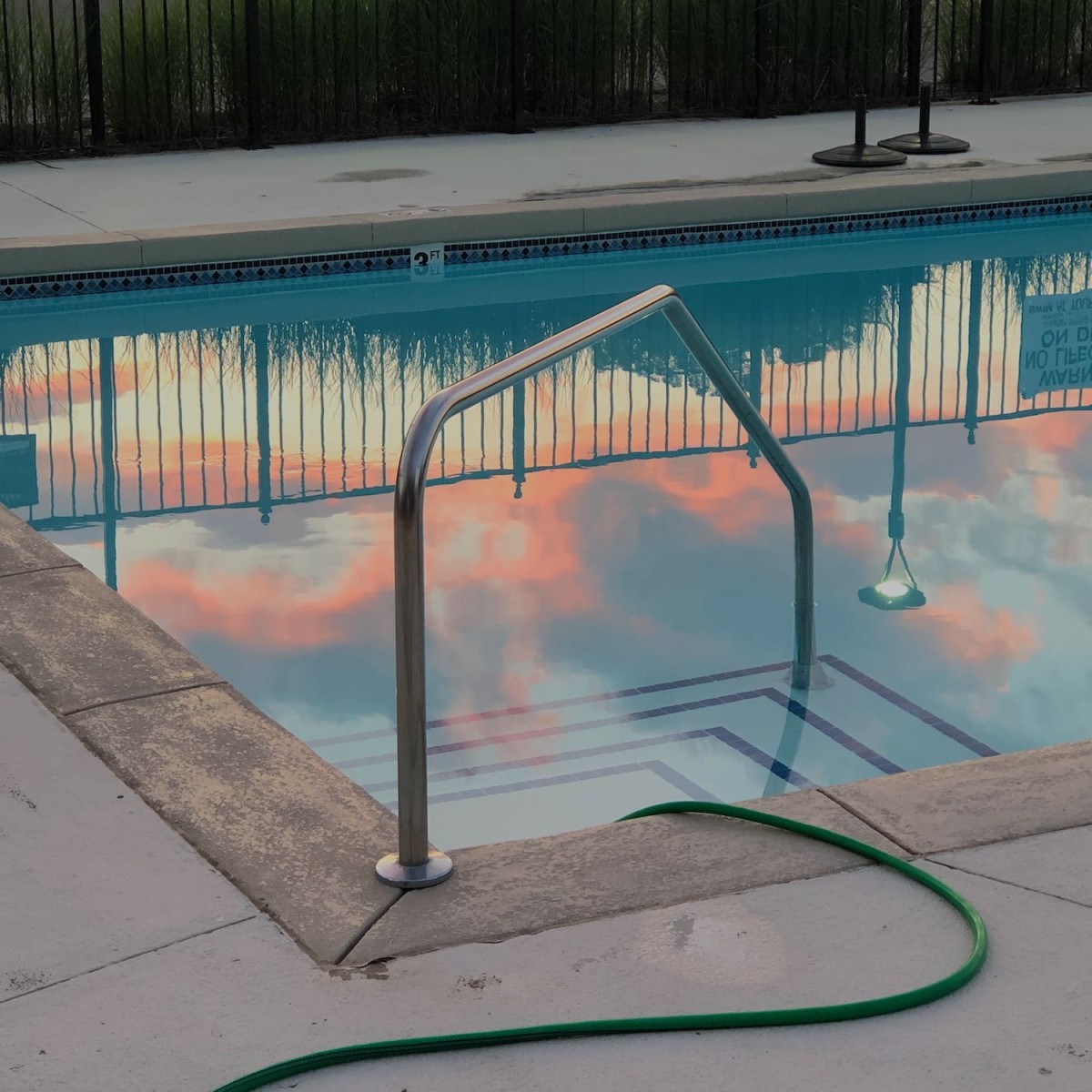Do Swimming Facilities Pose a Health Risk?
Nothing Beats a Swim on a Hot Summer Day

Public Swim Facilities Require Excellent Sanitation Practises to Keep Us Safe
We all want to enjoy a good swim here and there, or enjoy the local spa. But there are some things within these environments that can impact our good health. When referring to Public Swim facilities, I'm referring to indoor/outdoor pools, spas, hot tubs and recreational water parks. Awareness to the following information can ensure positive recreational swimming and spa experiences for you and your family. Most public pool facilities treat water with Chlorine to kill microorganism impurities that would otherwise be unhealthy for swimming use. However, if PH is maintained with overuse of chlorine another health risk presents itself to the frequent user.
Chlorine is easily absorbed through our skin as well as the air born emitted chloroform through our respiratory system. This fact should cause great concern for those that spend a lot of time in the water “especially” in hot tubes. The skin pores dilate acting more as a sponge when submersed in hot water. Chloroform release and lung absorption is also compounded through the respiratory blood exchange. Chlorine and chloroform in animal research studies have been shown to activate cancer and cause liver cancer. Common public pool use symptoms include: Dry skin and hair, increased dandruff, throat, sinus, repiratory problems. Other known illness and disease associations: Arthritis and immune problems; intestinal symptoms and headaches. Below I list all potential risks swimmers should be aware in order to reduce health risks when using public swim facilities.
Public Water Use Impurities and Potential Health Risks
1) Fecal contamination released, or washed off of bathers and/or outdoor pool wildlife fecal matter. 2) There is also non fecal shedding off the body such as, saliva, mucous, vomit and skin. 3) Infected users can contaminate hot/cold environment with potential pathogenic viral, or fungi organisms. 4) Opportunistic bacteria from users of the aquatic facilities can adapt and survive as amoebae in both hot/cold environments. 5) Indoor spas and pools ventilation systems can be contaminated and transmit pollutants and microorganisms. 6) Wet surfaces of use areas have high potential of unsanitary microorganisms. (7) Outdoor facilities are challenged with wildlife droppings and other environmental microorganism sanitation challenges . (8) Diarrhea-causing a gastrointestinal illness that chlorine doesn’t always kill is Cryptosporidiosis parasites. 9) Too much chlorine absorbed, or chloroform inhaled, or consumed can cause illness and disease.
Minimize Microorganism & High Chlorine Exposure Risk
1. Shower before use; avoid swallowing water, report fecal matter release.
2. Pool disinfectants burn skin, irritate respiratory, report and avoid use.
3. If you note much particulate matter, or cloudy water report and avoid use.
4. Wear eye goggles when in pool and water shoes when walking on spa surfaces.
5. Inquire on maintenance practices: Sanitation, chemical, filtration & ventilation.
6. Consult with your physician if swimming benefits outweigh risks.
7. If you have diarrhea don’t enter spa/pools until 2 weeks after it ends.
8. If Shut down for sanitation problems what was the reason and resolve.
9. If the pool smells heavy of chlorination, don’t go in.
10 There are pools that don’t use chlorination: Ultraviolet-ozone and salt.
Each impurity health concern has the potential to cause a variety of respiratory, dermal or central nervous system infection or diseases. And in order to reduce risk requires one to become knowledgeable about personal health, basic water treatment/sanitation practices as well as facilities promoting patron hygiene sanitation before use. The practice of proper chemical use includes, but not limited to, creating and maintaining a neutral ph to create a non-toxic/microorganism environment while simultaneously maintaining proper water filtration and pump system upkeep. Indoor pools that use chlorine also need to ensure ventilation systems have proper filter change out and air make up that promotes chloroform exchange out to atmosphere while adequately receiving fresh air makeup. Without proactive maintenance practices and public swimming use ill-health awareness; you and your children are at greater risk of contracting an infectious illness, or disease.
Be safe by being knowledgeable of potential health risks in water and taking preventative measures to ensure the good health of you and your family.








